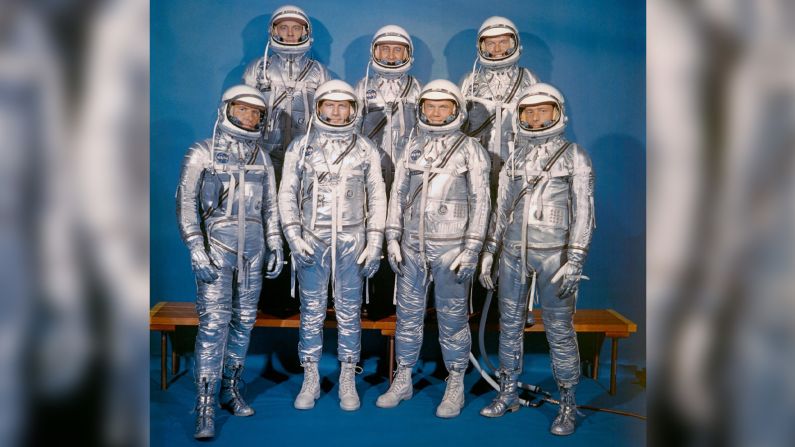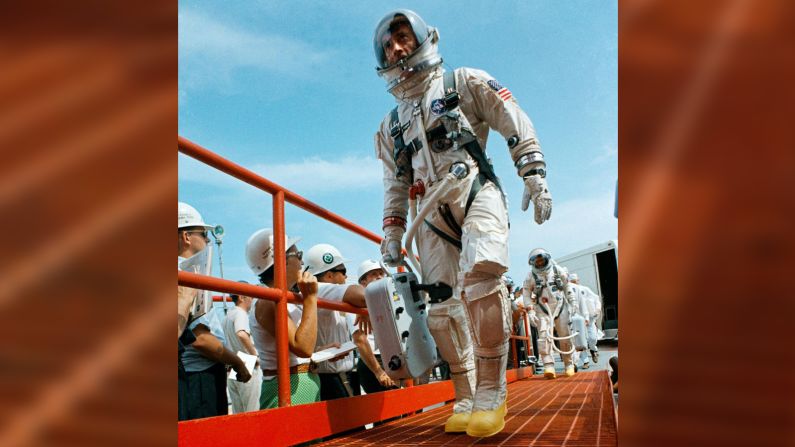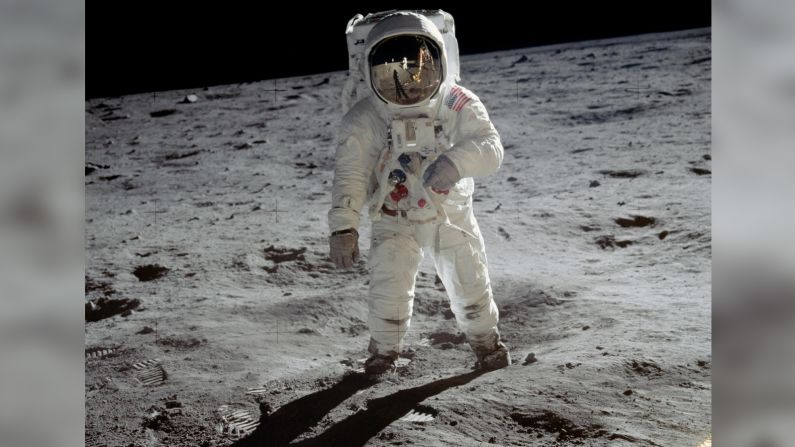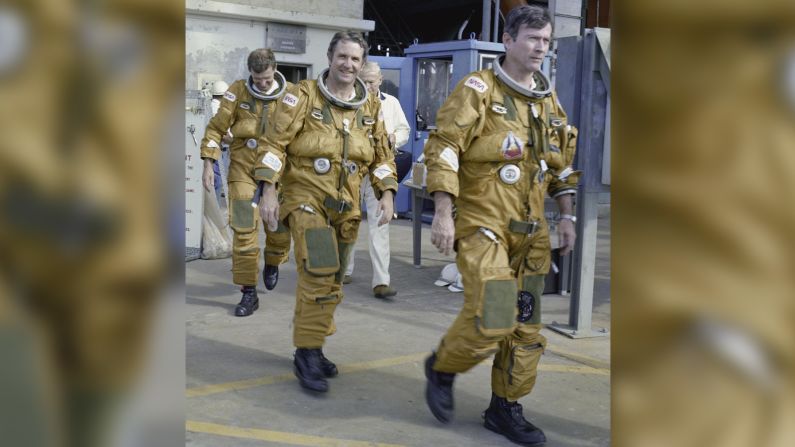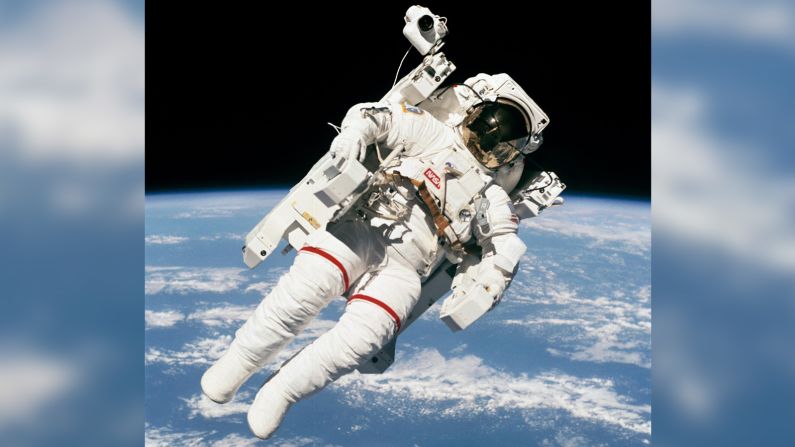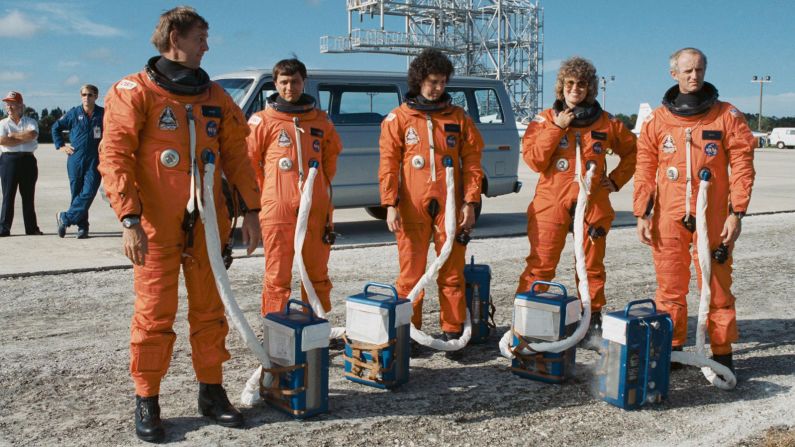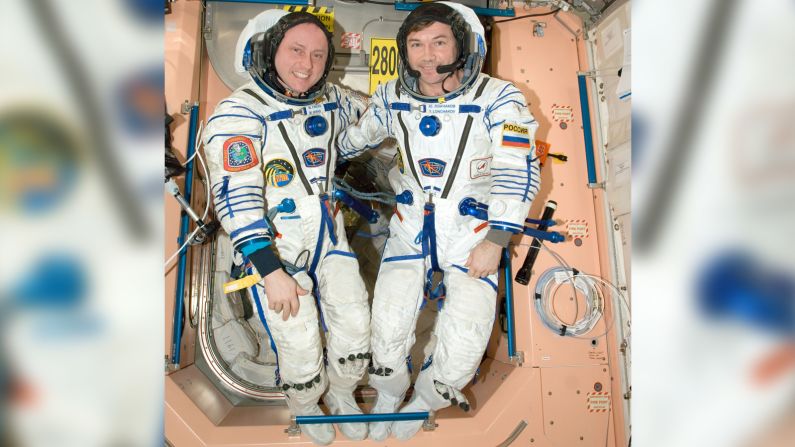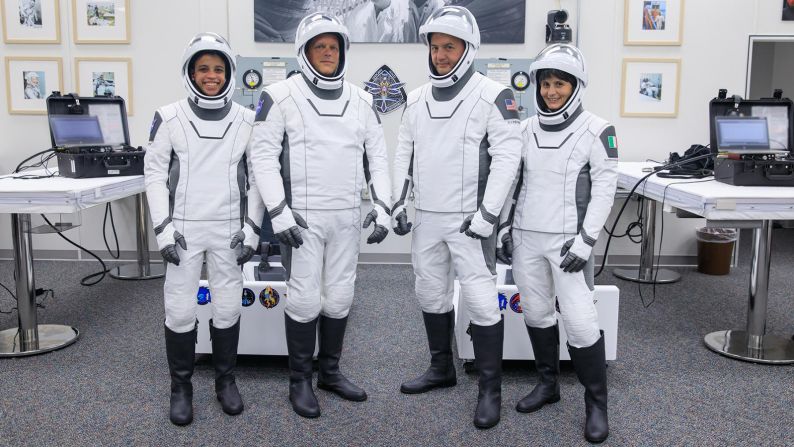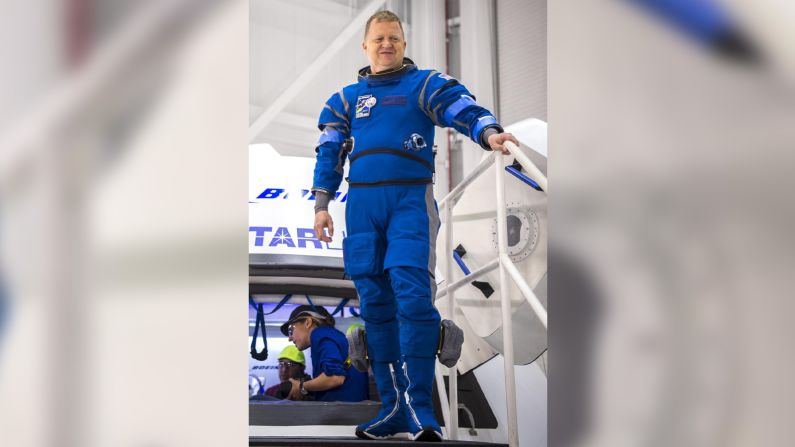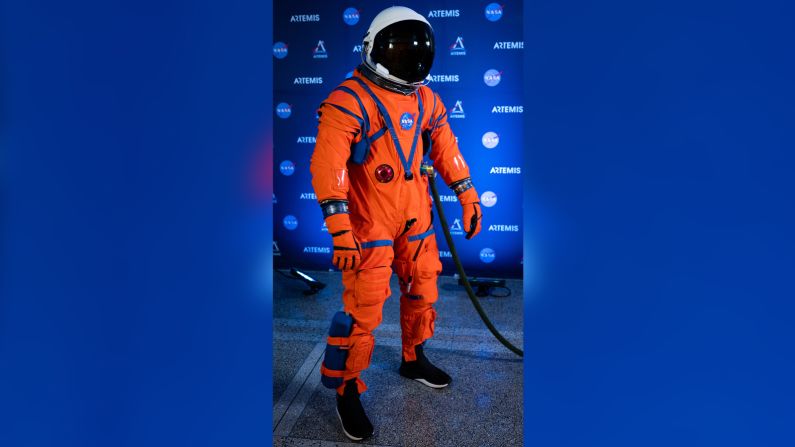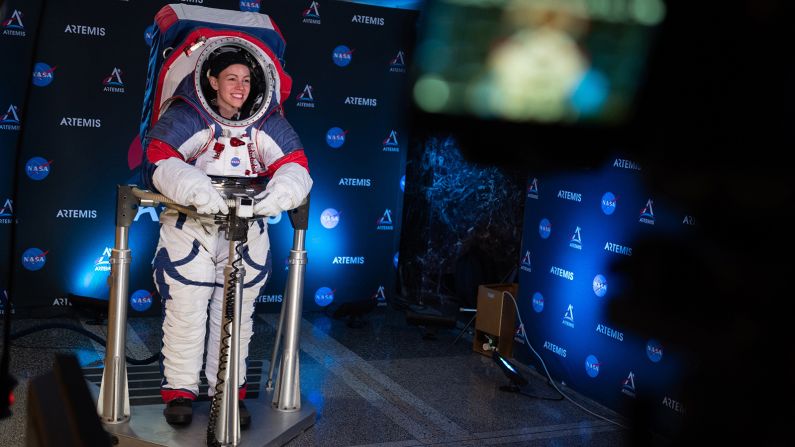Humans haven’t traveled to the moon since NASA’s Apollo program ended in 1972, but the Artemis program will soon return humans to the lunar surface, with the first crewed landing currently slated for 2026.
Artemis astronauts will aspire to do things humans haven’t done before, like building a habitable base to allow for long-term visits and exploring the heavily cratered lunar south pole.
Innovators across the world are working on solutions to help them achieve their goals, and to keep them safe. That includes researchers at the Massachusetts Institute of Technology (MIT), who are developing a set of wearable robotic limbs to help astronauts recover from falls.
The so-called “SuperLimbs” are designed to extend from a backpack containing the astronauts’ life support system. When the wearer falls over, an extra pair of limbs can extend out to provide leverage to help them stand, conserving energy for other tasks.
That could come in handy. The moon’s partial gravity makes maintaining balance tricky. The 12 astronauts who moonwalked on Apollo missions fell 27 times and had another 21 near misses, according to a University of Michigan study.
When astronaut Charlie Duke toppled over on the moon in 1972, while performing tests on lunar soil, it took him three attempts to get up. The study found that falls were more common when, like Duke, astronauts were collecting samples or using tools – tasks that Artemis astronauts are likely to undertake.
A visual history of the spacesuit
Enter SuperLimbs
SuperLimbs were developed about a decade ago by Harry Asada, a professor at MIT, and they’ve already been put to the test by aircraft manufacturing and shipbuilding workers.
Now they’re being adapted for astronauts. Erik Ballesteros, a doctoral student at MIT, spent the summer at NASA’s Jet Propulsion Lab working on SuperLimbs as part of a NASA fellowship.
The system needs a bit more work, Ballesteros said, but he hopes that it will be ready for a demonstration by January – when it will help a mannequin to stand up from a prone position.
He believes that within a year or two, it’ll be ready for a human demo, but there’s a lot the team needs to figure out first in terms of safety, he told CNN. “We can’t just duct tape and throw things together; we have to be very precise and very careful,” he said.
There could be other challenges. Dr. Jonathan Clark, an adjunct clinical professor of Neurology and Space Medicine at Baylor College of Medicine, who acted as the crew surgeon for six NASA shuttle missions and is a consultant for commercial space firms, told CNN that the extreme environment of space – from temperatures, to contaminant particles like dust, to electromagnetic radiation – can mean?it’s expensive and time-consuming to get technology approved for use off planet Earth.
But, he added, the rate of innovation in space technology is astonishing. “For science fiction to go to science fact, it used to take centuries or decades,” he said. “Now it’s years.”
Ballesteros understands the stakes. He has work experience in mission control at NASA’s Johnson Space Center, where his team maintained the life support systems within the International Space Station (ISS).
Ana Diaz Artiles, an assistant professor of aerospace engineering at Texas A&M, who is not involved in the research, told CNN that the limbs could help reduce the metabolic cost of getting up. The tradeoff is that the limbs might add some weight and require more power, she said.
She added that moon dust is “super toxic” so it could be harmful for an astronaut to roll around the lunar surface as they struggle to get up – a problem SuperLimbs could help eliminate. The robotic limbs are “really cool and really useful,” she said.
“The new paradigm for astronauts”
Humans haven’t had much of an opportunity to work on the moon yet. Apollo 17 astronauts hold the record for the longest moonwalk, at seven hours and 37?minutes.
By contrast, Artemis mission participants – which will eventually include astronauts from countries like Japan too – will spend up to a week on the moon, learning to live and work away from Earth, in preparation for human expeditions to Mars. China has its own plans to get to the moon by 2030, where it will build a research station.
Ballesteros plans to spend the next few years of his PhD using a “Swiss Army Knife technique” to turn SuperLimbs into a system for astronauts that can “address different important use cases, but all be one unified design.”

Next up, he plans to work on getting the limbs to function as an extra pair of legs. “So, it allows you to go from point A to B a lot quicker and without using as much energy,” he said. “And if they start to lose their footing a little bit, it can help stabilize them.”
After that, he’s going to turn his attention to figuring out how the limbs can leverage tools to help with tasks like excavation, sample handling, and construction.
“I want it to become almost like a natural extension of their bodies … so the astronaut almost feels awkward not having them,” he said.
In the future, he hopes the extra limbs will become the new normal. “My goal is to make these arms become almost like the new paradigm for astronauts,” he said.



